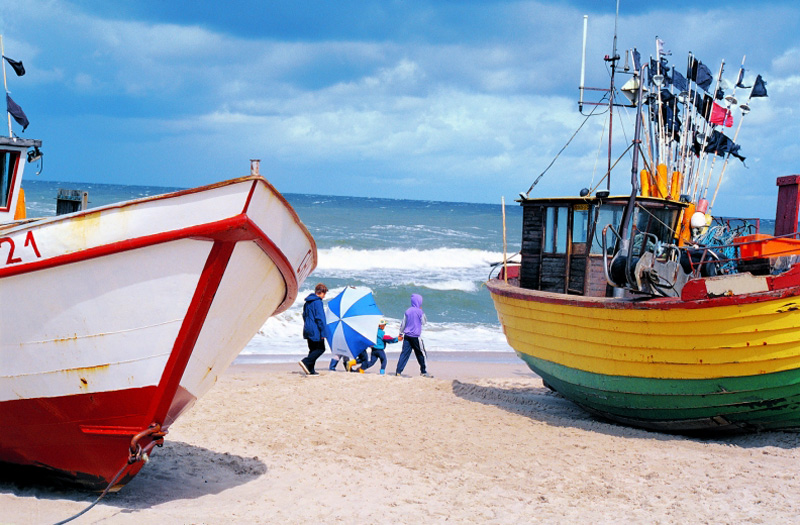Source: Polish Tourist Organisation
For students from outside the European Union who come to study in Poland, this may well be the beginning of a fascinating adventure of discovering Europe. Being invited to study in Poland means that you are invited to the European Union, of which Poland is an active member state. We invite you to discover the European Union, which offers not only varied and interesting cultures and the opportunities associated with strong, innovative economies, but it also provides the very best conditions for successful higher education study in a challenging and friendly atmosphere. With top-quality, internationally recognised degrees, almost no other region in the world can set your career off to such a promising start.
1) Official name: Republic of Poland (short form: Poland), Rzeczpospolita Polska (short form in Polish: Polska)
2) Official Language: Polish
3) Location: Central Europe. Poland borders Germany, the Czech Republic, Slovakia, Ukraine, Belarus, Lithuania and Russia (the Kaliningrad enclave). Its northern border (440 km long) runs along the Baltic Sea coast.
4) Capital city: Warszawa (Warsaw: population 1.7 million / Warsaw agglomeration: 2.5 million)
5) Population: 38 million. Poland has the seventh largest population in Europe (omitting Russia), and the sixth largest in the European Union.
6) Time zone: Poland belongs to the Central European time zone (GMT + 1 hour / UTC + 1 hour), except for between the last Sunday in March and the last Sunday in October when it switches to daylight saving time.
7) Climate: The Polish climate is moderate continental, with relatively cold winters (from December to March) and hot summers which extend from June to August. January temperatures average -1°C (30°F) to -5°C (23°F). July and August average temperatures range from 16.5°C (62°F) to 19°C (65°F), though some days the temperature can reach even 35°C (95°F).
8) Currency: 1 zloty (PLN) = 100 groszy (current exchange rates: www.nbp.pl)
9) Calling code: + 48; Internet domain: .pl
10) International organisations: Poland is a member of the European Union (EU), the Schengen Area, North Atlantic Treaty Organisation (NATO), United Nations (UN), International Monetary Fund (IMF), United Nations Educational, Scientific and Cultural Organisation (UNESCO), United Nations International Children’s Emergency Fund (UNICEF), World Health Organisation (WHO), World Trade Organisation (WTO), Organisation for Cooperation and Development (OECD) and many others.
Main Polish cities
Source: Academic Planner for Erasmus+ students in Poland, Foundation for the Development of the Education System (FRSE), Warsaw 2014


















